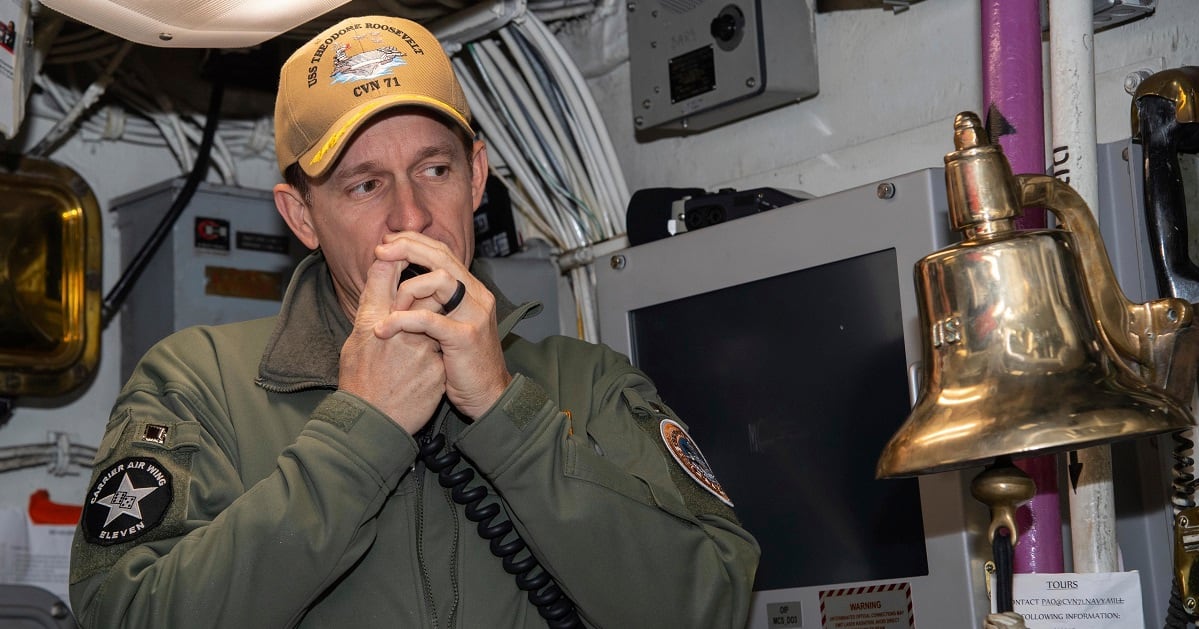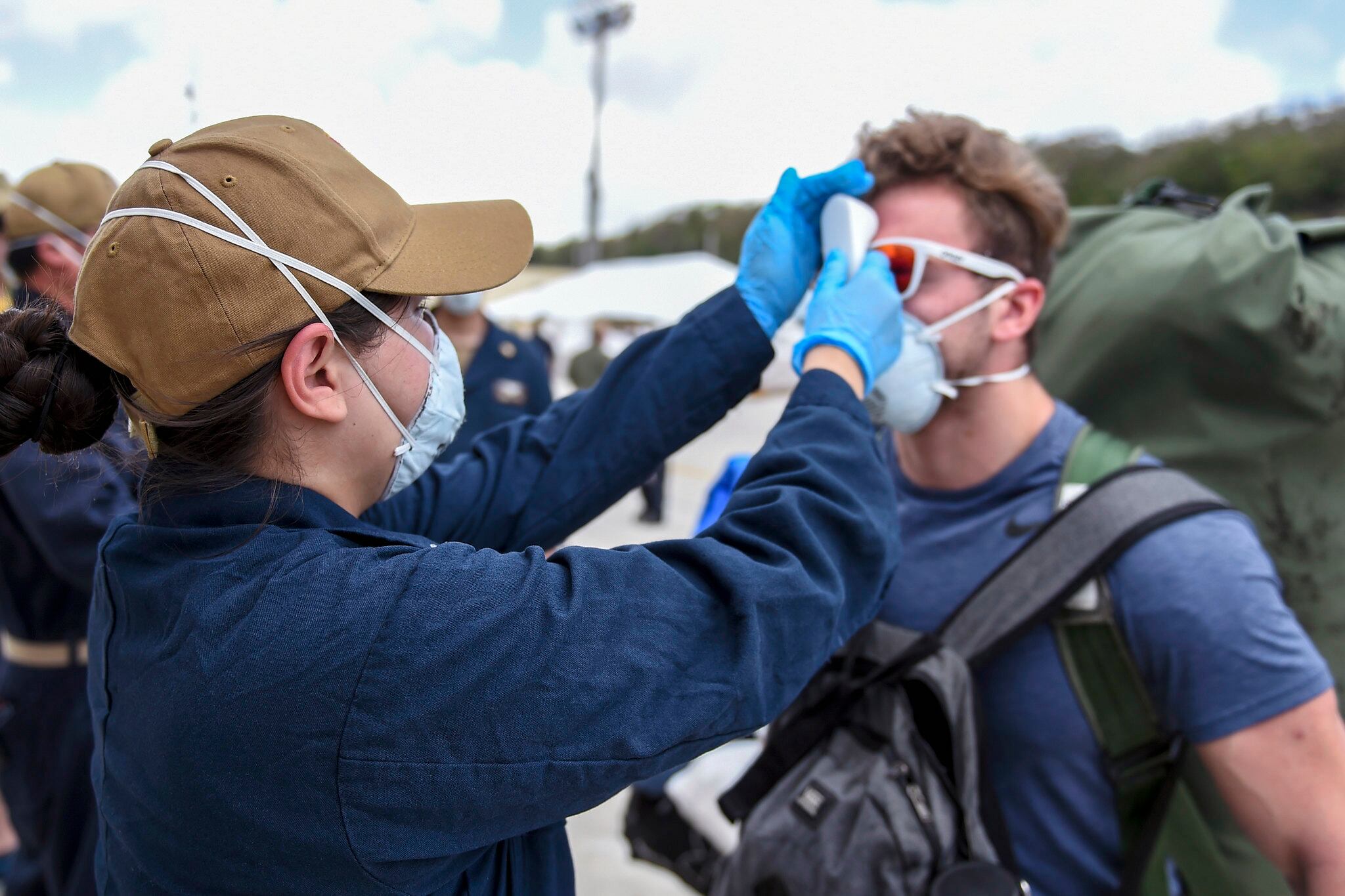The Navy last week released a fresh tranche of records from the investigation into the COVID-19 outbreak aboard the aircraft carrier Theodore Roosevelt this spring.
Those records include statements from leadership, emails and other materials offering further insight into those harried days.
Among the new revelations:
♦ Several members of the ship’s medical department — including the carrier’s senior medical officer — considered leaking a letter to the media about the dire conditions on the ship by late March, around the time that a similar call for help was sent to higher-ups by then-commanding officer Capt. Brett Crozier, correspondence that leaked to the media and led to his firing.
“In their letter, the (medical department) signatories outlined their concerns over the situation on TR, detailed the possibility of 50 fatalities onboard the TR based on their assessment of published COVID-19 mortality rates at the time, and threatened to release their letter to the media,” a timeline of events states.
RELATED

Crozier asked them not to send the letter to the media “because he had sent his email, with the attached letter, up the chain of command and thought it would address their concerns,” according to the timeline.
In the end, Chief Aviation Ordnanceman Charles R. Thacker, 41, was the lone TR sailor to die of COVID-19 complications, but roughly a quarter of the ship’s 5,000 crewmembers were infected.
♦ As the Navy scrambled to figure out housing for TR sailors in Guam, "human suffering” was the order of the day in an aft section of the ship set up to isolate sailors who had been in contact with shipmates who tested positive, the ship’s executive officer told investigators.
“Sailors are not dumb, they knew they were all in close contact,” Capt. Daniel Keeler said in a May statement. “We were as open and honest about the situation as we could be.”
♦ The new records indicate that feeding the crew out of the ship became challenging as an increasing number of cooks tested positive for the coronavirus.
“Meals and conditions were spartan and grew increasingly crowded,” Keeler said of the aft isolation section. “Sailors had nothing to do except sit in crowded and unpleasant berthing/lounges with other Sailors who might be sick.”
RELATED

Keeler, who came aboard as XO in early March, called the aft berthing quarantine plan “a failure” that he regretted attempting.
“Sailors in aft berthing had anxiety when a rack ‘neighbor’ would test positive,” he told investigators. “They knew they had been sleeping next to that Sailor for at least a few days. It was obvious to (the senior medical officer), (command master chief) and I that the entire ship was in close contact and we all needed to go into proper quarantine.”
While the investigation has chided TR leadership for not following social distancing protocols as the carrier headed for Guam, Keeler noted that such distance isn’t really possible on a carrier.
“With 4800 onboard, there was no way to draw a 6-foot circle around every Sailor and still operate,” he said in his statement.
♦ Crozier’s April 2 firing was like “dropping a nuclear bomb in the middle of an ongoing crisis,” Keeler said. “His relief took over everything for two or three days. It was difficult to focus on the real problem— fighting a COVID outbreak on a CVN.”
Geoff is the managing editor of Military Times, but he still loves writing stories. He covered Iraq and Afghanistan extensively and was a reporter at the Chicago Tribune. He welcomes any and all kinds of tips at geoffz@militarytimes.com.





